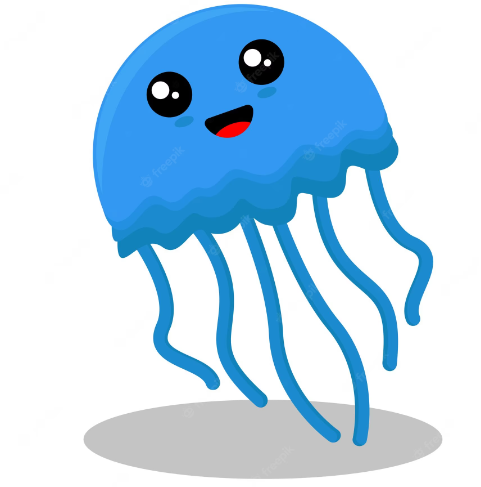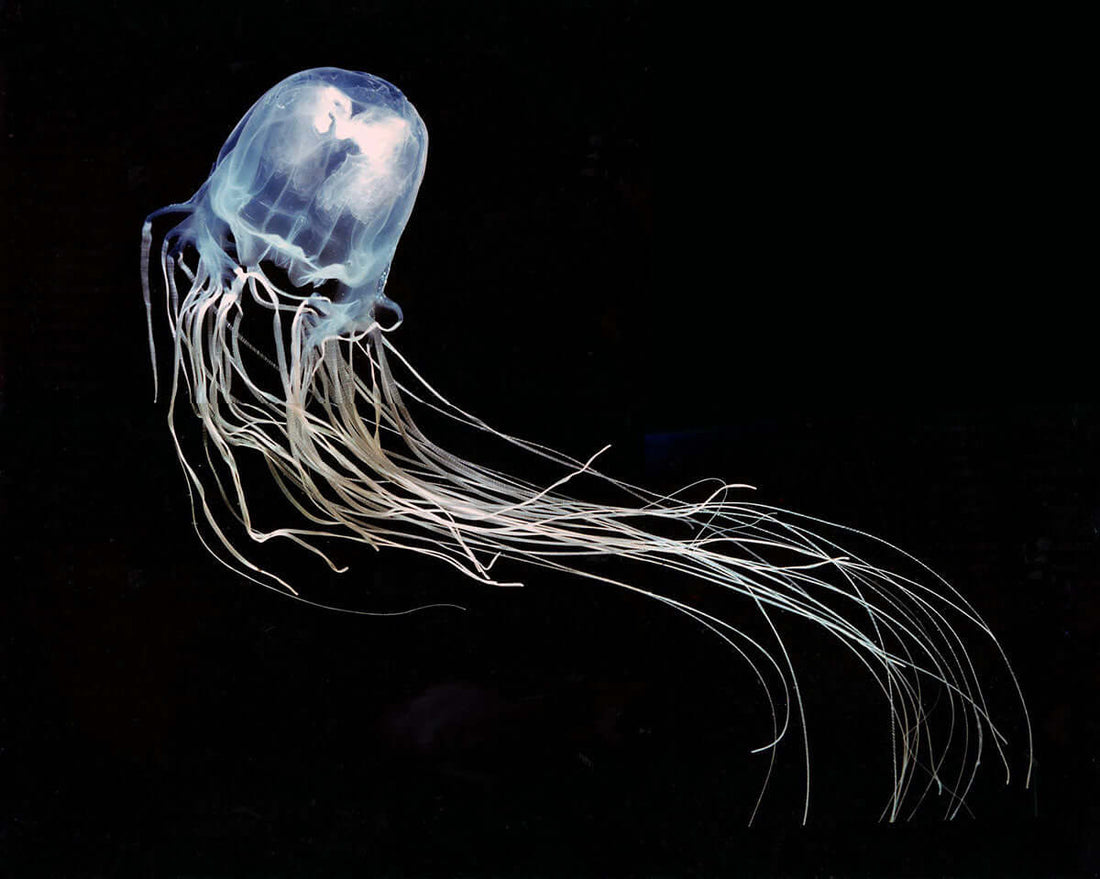What makes the Box Jellyfish so dangerous?
The Box Jellyfish, also known as the sea wasp, is one of the most venomous creatures in the world. Its tentacles contain toxins that can cause severe pain, tissue damage, and even death. But what exactly makes this jellyfish so dangerous?
Unique venom composition
The venom of the Box Jellyfish is a complex mixture of proteins and peptides. It contains toxins that target the heart, nervous system, and skin cells. These toxins can cause cardiac arrest, paralysis, and excruciating pain.
Transparent and hard to spot
One of the reasons why the Box Jellyfish is so dangerous is its translucent body. It is almost invisible in the water, making it difficult for swimmers to spot them. This increases the risk of accidental contact and stings.
Long and powerful tentacles
The Box Jellyfish has long, slender tentacles that can reach up to 10 feet in length. These tentacles are covered in thousands of tiny, venomous cells called nematocysts. When the jellyfish comes into contact with its prey or a human, these cells release venom-filled harpoons, injecting the toxins into the victim's skin.
Highly potent venom
The venom of the Box Jellyfish is incredibly potent. It attacks the cardiovascular system, causing rapid heartbeat and changes in blood pressure. It also affects the nervous system, leading to muscle cramps, difficulty breathing, and even paralysis. In severe cases, the venom can cause heart failure and death.
Prevention and treatment
Preventing Box Jellyfish stings is crucial to avoid the dangerous consequences. When swimming in areas where Box Jellyfish are known to inhabit, it is important to wear protective clothing, such as a wetsuit, and to stay alert. If stung, it is essential to seek immediate medical attention. The treatment may include removing tentacles, applying vinegar to neutralize the venom, and administering antivenom if necessary.
Conclusion
The Box Jellyfish is undoubtedly one of the most dangerous jellyfish in the world. Its potent venom, long tentacles, and ability to go unnoticed make it a significant threat to swimmers and marine enthusiasts. Understanding its characteristics and taking necessary precautions can help minimize the risks associated with encounters with this deadly creature.

